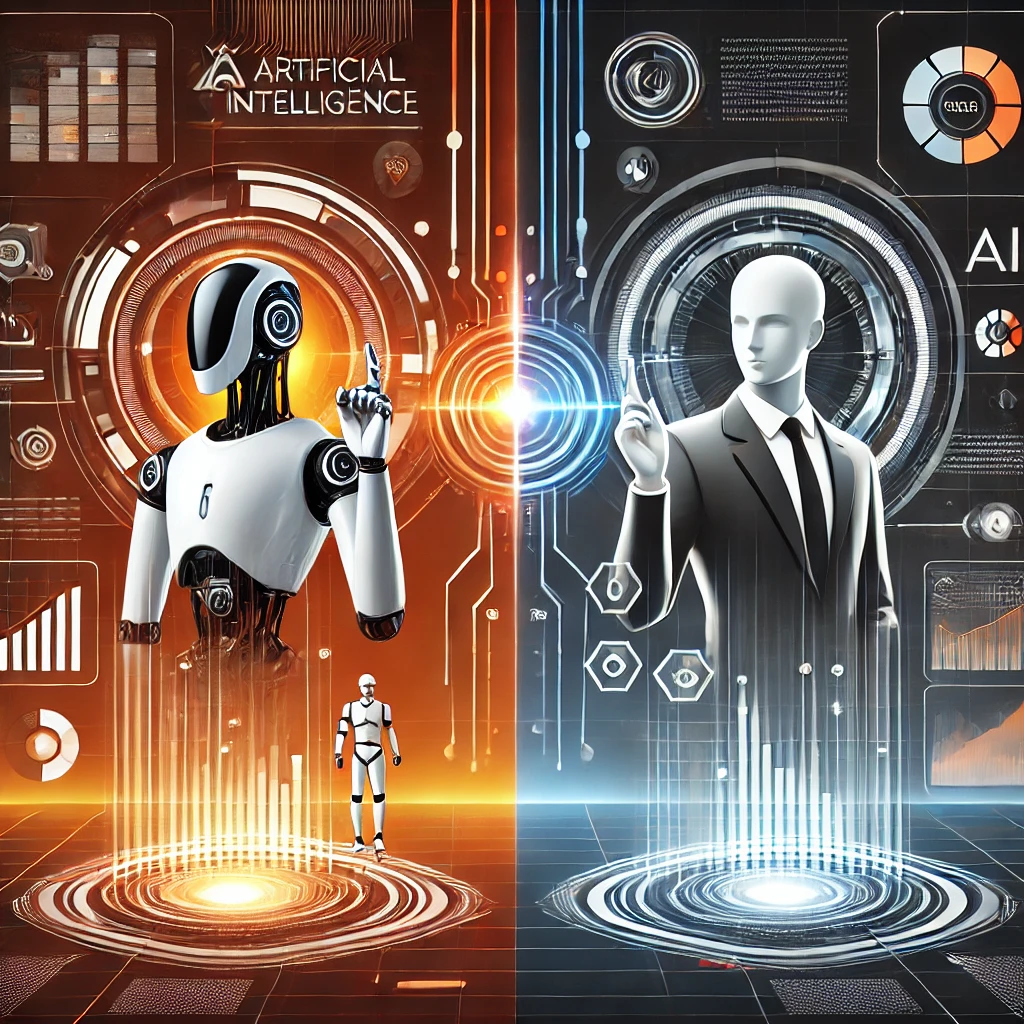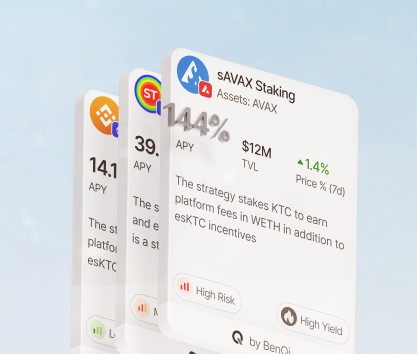According to Precedence Research, the global AI market size reached a massive $638 billion in 2024. It is expected to eclipse $3.68 trillion by 2034 at a CAGR of over 19.2%. The National University reports that 77% of all businesses in the US are either actively using artificial intelligence or plan to implement it as soon as possible.
Experts at the World Economic Forum believe that AI technology will be responsible for over $15.7 trillion in the global economy by 2030. Some estimates say that over 38% of all US jobs are at risk of being eliminated while 15% of jobs will be eliminated almost certainly. The root cause of this massive shift in the labor market? Agentic AI.
What are agents in artificial intelligence (AI)?
An exact definition is still debated by specialists. Here are some definitions that you may come across while researching the topic:
- Agentic AI are general-purpose artificial intelligence systems trained to be almost invisible while performing their tasks, making autonomous decisions, and using or adjusting data.
- It is a class of artificial intelligence capable of carrying out tasks without any human intervention while making decisions and reacting to its digital environment autonomously.
- AWS defines them as software that can interact with the environment, collect data, define and complete tasks, and make decisions to achieve predetermined goals.
Regardless of which definition suits the current development vector in the hi-tech sector, there are several factors that are universally determined as foundational: autonomy, goal-centric, and data analysis.
Benefits of AI agents
According to research, roughly 4.1% of consumers think that there are no benefits in using this technology while 12.4% believe that drawbacks are blown out of proportion. 50% of people view AI in an optimistic light. On the other side of the spectrum, 97% of business owners believe that generative AI will improve their bottom lines.
Agentic AI extends the concept of an expert AI system and can bring to the table notable advantages:
- Advanced data analytics. The impact of technology on the role of human agents will be most visible in the field of data analysis where humans can be replaced by autonomous systems without any issues or painful transitioning periods for companies. AI agents can collect and process oceans of information much quicker than humans.
- Autonomous decision-making is the next step toward AGI colloquially known as Skynet. Current advancements in neural network architectures and the very concept of machine learning allow us to create systems capable of acquiring knowledge and experiences and applying them to previously unfamiliar situations. The efficiency of AI in decision-making is increasing thanks to the advancements in new ML approaches.
- Improved user experience. Among currently employed practical applications of the technology, UX improvements are the most common. For instance, Rivo’s Maneki AI provides tips and suggestions when a user puts his cursor over any relevant GUI element. It is a nice addition to the UX/UI flow allowing newcomers to get on board quicker. It is one of the most obvious examples of successful projects using AI agents.
- Learning without pauses. While the capacity of neural networks to improve their outputs is slowly hitting a plateau, these systems are still leagues ahead of humans in terms of retaining information. While humans struggle to quickly learn and apply new skills and memories, machines do it extremely well. Agentic AI is capable of evolving and improving even if with diminishing returns.
9 out of 10 organizations support directly or indirectly AI development efforts to gain competitive advantage according to the National University. We are already at the gates of a new era. However, we still need to develop high-precision methods for assessing the performance of AI agents because separating the wheat from the chaff is becoming increasingly difficult.
The use of agentic AI across all industries is an expected outcome of ongoing development efforts. Some estimates claim that AI will eliminate some 80 million jobs globally while creating 92 million more. The timeline is tighter than you think. The estimate is for 2025!
Comparative analysis of agents
One of the issues with assessing the level of performance of AI systems is that they have drastically different goals. Scientists still have no idea how neural networks spit out results and how AI agents arrive at the conclusions they make.
Here are some evaluation metrics commonly used to assess the performance of machine learning systems:
- Precision is a proportion of true positives in the pool of all positive outputs.
- Recall is a proportion of true positives in the pool of actual positive outputs.
- F1 Score is the harmonic mean of the two previous metrics.
- Mean Average Precision measures the performance accounting for precision and recall.
- Confusion Matrix is a way to visually observe the discrepancy between classifications predicted correctly against all incorrect predictions.
- Domain-specific metrics are used to evaluate the performance of a machine learning system in specific fields.
The issue is the last method that varies depending on the field, application method, use cases, and many other factors that are not necessarily correlated with AI performance metrics. The problem of assessing the quality of work produced by agentic AI is one of the biggest to solve. All current and future trends in the field of AI and human intelligence are based on an assumption that artificial intelligence will be, at some point, superior to humans. So far, we have not proved it definitively.
The latter is particularly important because AI is often cited as one of the biggest job killers in the history of humanity. Economists and scientists are not sure that there will be a net positive in total jobs when AI starts replacing white-collar jobs.
The future of AI and human collaboration
Artificial intelligence can be incredibly useful in many domains. According to Forbes, AI tech is most commonly used in customer service, cybersecurity, customer relationships, and virtual personal assistants. However, AI is also widely used in fintech due to its ability to quickly identify patterns and instantly react to market changes.
A great use case is the Maneki AI at Rivo. It is a multidimensional system that gathers data from multiple sources including social media platforms to generate valuable insights. It guides users by helping them choose the best strategies for their risk styles. It enhances the UI by providing tooltips, detailed information about various features, and even tips on how to pick a good investment option.
Rivo is also listening to its user base. Many improvements are based on the feedback received from people actively engaging with the platform. This is exactly how communities influence the development of AI in 2025!









